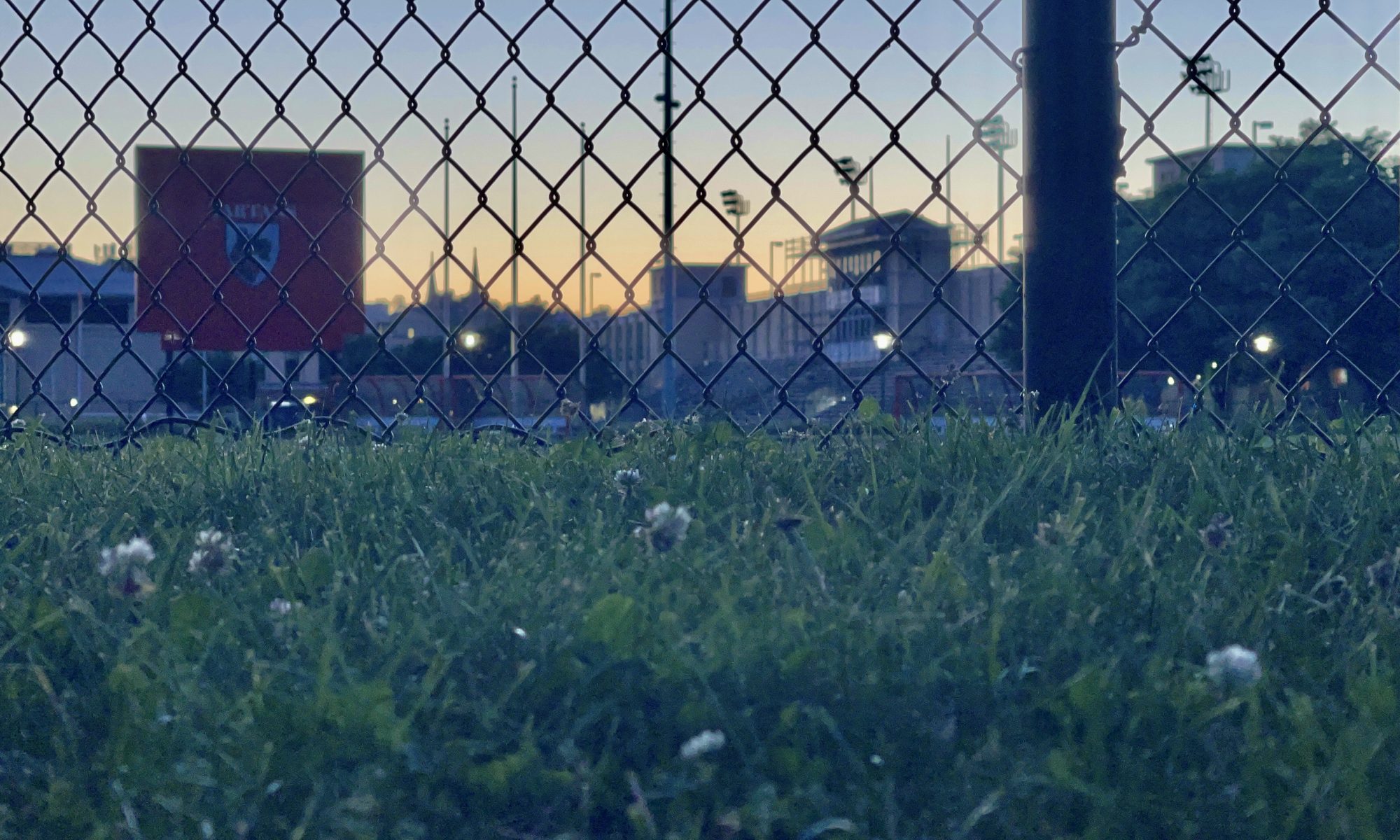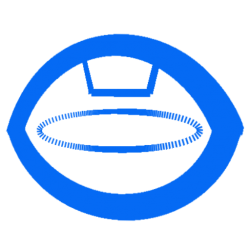Week 10/7/2023: Continuing to revise design and initial project development.
On Wednesday, we finished our design review presentation, which we continued our discussion on our design during our Thursday night meeting. We were joined by professor Tamal who gave us valuable feedback on our current project and how we could improve our MVP framework to include more functionality. One of the things we adapted was the idea of evaluating users’ performance over a short period of time to understand the fact that they need to setup and transit into the position, eliminating the chances that they are doing a completely different posture but accidentally got a higher score due to the frames grabbed by our system, and provide an internal evaluation/scoring system for body postures. We still need to polish these ideas before next Friday, when the design report is due, before which we would need to quantify these thresholds and reflect the changes in our report.
On Friday morning, we received detailed feedback thanks to hardworking faculties on our design presentation. We believed that a detailed presentation was given but it seemed we still needed to clarify some issues that were not showcased clearly within our presentation.
The team worked throughout the week to perfect the details and narrowed down how we wanted to approach this project, which we determined that minor changes need to be made to our schedule. We have begun coding and incorporating systems gradually into our project, for which we already have Openpose algorithms working ahead of time thanks to the extra effort Hongzhe (Eric) put in to configure and run the system.
We’ll continue to work with faculty members in the following week on our design report and start data collection through imported poses we handpicked online from Taichi professionals, integrating Openpose API, and start developing the comparison algorithm. We currently have no plans to order any hardware equipment, and please stay tuned for our next update and design documentation.
ABET question:
- Engineering Ethics: We highly respect the privacy of users due to the necessity of using cameras to capture body posture. It is possible that the camera could collect more personal info than posture, so we planned to make this a local application without the need for exchanging information with a cloud server. All collected data will be stored and evaluated locally without the need for connection to the internet, and users can choose to close the camera during the usage of the application if they feel necessary. (e.g. reviewing posture, attending to other businesses, or feeling not to practice)
- Math model in comparing body postures: Using the idea of cosine similarity, we attempt to compare body postures captured from users to our standard preset provided by Taichi professionals. To account for differences in heights and shapes of people, we directly measure the joint angles of a person instead of directly approximating how similar the person is due to the differences of absolute positions of joints. Normalization principle could also be applied to postures to account for magnitude differences in vectors for varied body sizes.
- Machine Learning model in OpenPose: In the posture recognition application OpenPose, we are able to use the trained convolutional neural network for recognizing the core body coordinates from the input video/image. Convolutional neural networks are based on simple batch processing, dot product of matrices and many techniques such as pooling and regularization to avoid outliers and overfitting. It utilizes all kinds of principles and formulas from Mathematics as logarithmic calculation to enable convolution and activation function. It also uses differentiation calculus for training the network parameters when back propagation.

